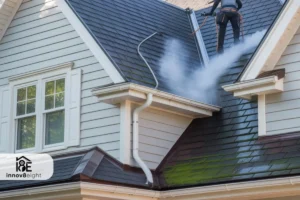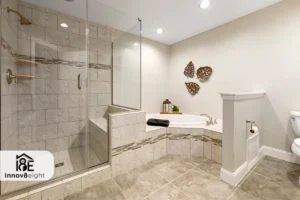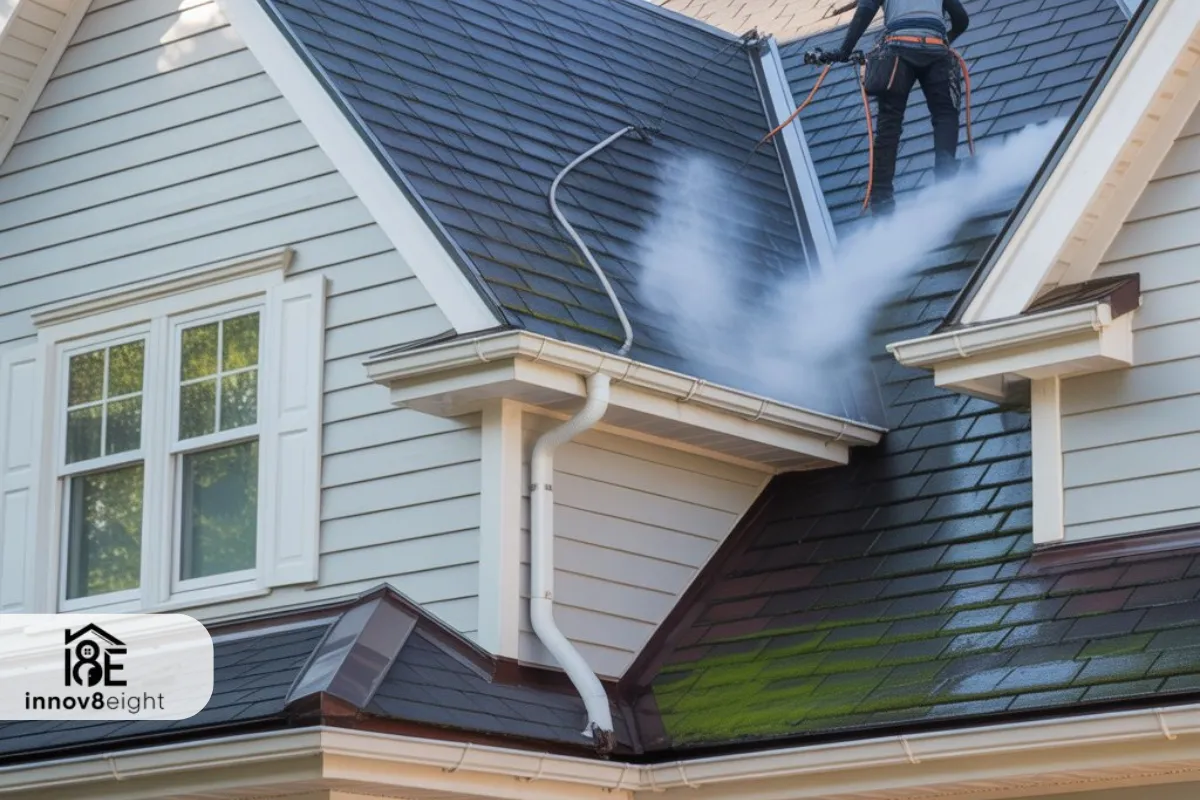In the ever-evolving world of construction and renovation, understanding your business classification is more than just red tape—it’s a legal and operational necessity. One critical but often overlooked element is the NAICS code for home improvement. This small detail on your paperwork can make a big difference in your licensing, tax reporting, and even your ability to win contracts.
Let’s explore how the NAICS code directly impacts your contractor license—and why getting it right is essential for long-term success.
What Is the NAICS Code for Home Improvement?
A Primer on NAICS
NAICS stands for the North American Industry Classification System. It’s a six-digit numerical code used across the U.S., Canada, and Mexico to identify and group businesses by their primary economic activity. These codes are assigned by:
- The IRS (for tax reporting)
- The U.S. Census Bureau (for economic data)
- State and local licensing boards
- Government contractors
When it comes to home improvement, choosing the right NAICS code ensures your business is properly classified and regulated under the correct laws.
Common Home Improvement NAICS Codes
There isn’t just one code for all home improvement companies. Depending on your specialization, your business might fall under:
- 236118 – Residential Remodelers
- 238130 – Framing Contractors
- 238160 – Roofing Contractors
- 238220 – Plumbing and HVAC
- 238320 – Painting and Wall Covering
- 238350 – Carpentry and Finish Work
Each of these codes comes with its own licensing, insurance, and tax implications.
Why the NAICS Code Matters for Licensing
Many business owners don’t realize that their contractor license type often aligns with their NAICS code. This is especially true in states like California, New Jersey, and Pennsylvania, where licensing boards rely on NAICS to enforce state statutes and verify compliance.
Here’s how your code affects your license:
1. Matching the Scope of Work
Licensing authorities use your NAICS code to determine:
- What kind of work you’re legally allowed to perform
- Whether you qualify for specialty licenses (electrical, HVAC, plumbing, etc.)
- If your insurance and bonding coverage aligns with your business type
Example: A company listed under 238320 (painting) cannot legally perform major structural work without amending its license and NAICS code.
2. Accurate Fee Assessment
Many state contractor licensing boards calculate annual fees, renewal costs, and bond requirements based on your classification. Using the wrong NAICS code could mean:
- Overpaying on insurance
- Missing out on discounts or reduced fees
- Triggering audits or penalties
3. Speeding Up the Licensing Process
With the correct NAICS code, your application gets routed faster and processed more accurately. If the code doesn’t match your listed business activity, your license request might be flagged or delayed.
NAICS Code and Licensing: Real-Life Scenarios
Scenario 1: A Remodeler Who Used a General Code
A small remodeling firm applied for a contractor license using a broad code for “general residential construction.” The state board flagged their application for review because it didn’t align with their actual project scope—mostly bathroom and kitchen remodels.
Solution: They updated their classification to 236118 (Residential Remodelers), which matched their service offering and passed review.
Scenario 2: A Roofer Misclassified as a Remodeler
Another contractor was doing 100% roofing jobs but registered under 236118. When a claim arose, the insurance company declined to cover it because the business was not properly categorized under 238160 (Roofing Contractors).
How to Choose the Correct NAICS Code for Licensing
Here are some smart steps to ensure you choose—and maintain—the right classification:
1. Identify Your Primary Business Activity
Look at your past 12 months of revenue. What type of work do you do most often? If you remodel homes 80% of the time and install HVAC systems the other 20%, 236118 should be your main code.
2. Match It With State Licensing Definitions
Check your state contractor licensing board’s requirements. Often, they list allowable NAICS codes for specific license types.
- In California, the Contractors State License Board (CSLB) aligns certain license types (like C-33 for Painting) with NAICS 238320.
- In Pennsylvania, HIC registration relies on a match between your stated services and NAICS category.
3. Consult a Professional if Unsure
Mistakes can cost you licenses, insurance claims, or business loans. Don’t hesitate to consult:
- A business lawyer familiar with construction law
- A state-licensed contractor consultant
- Your local Small Business Development Center (SBDC)
Common Licensing Issues Tied to NAICS Misclassification
Here are a few common problems home improvement contractors face:
- Denied license applications due to misaligned scope of work
- Voided insurance policies because the listed business activity doesn’t match
- Delayed payments on government contracts when NAICS verification fails
- Loss of bonding or increased premiums
Helpful Licensing Resources by State
| State | Contractor License Board | License Link |
| California | Contractors State License Board (CSLB) | https://www.cslb.ca.gov |
| Pennsylvania | Attorney General HIC Registration | https://www.attorneygeneral.gov |
| New Jersey | Division of Consumer Affairs | https://www.njconsumeraffairs.gov |
| Texas | Department of Licensing & Regulation (TDLR) | https://www.tdlr.texas.gov |

FAQs About the NAICS Code and Home Improvement Licensing
What happens if I use the wrong NAICS code?
Using an incorrect code can delay your license application, result in rejected insurance claims, or even bring regulatory penalties.
Do I need to update my NAICS code if I add services?
Yes. If you significantly change your business model (e.g., add roofing to a painting company), you should update your NAICS code accordingly and notify licensing bodies.
Where can I look up NAICS codes?
The official U.S. Census Bureau website at www.naics.com provides a searchable database of all valid codes.
Can a business have more than one NAICS code?
Yes, but only one will be considered your primary classification for licensing and tax purposes. You can list secondary activities in your business filings.
Final Thoughts
The NAICS code for home improvement is more than a bureaucratic detail—it’s a gateway to proper licensing, legal compliance, and financial protection. Whether you’re just getting licensed or expanding your service offerings, aligning your NAICS code with your actual business activities is essential.
When in doubt, review your code annually and consult with a local expert. The peace of mind—and operational benefits—you’ll gain are well worth the effort.













